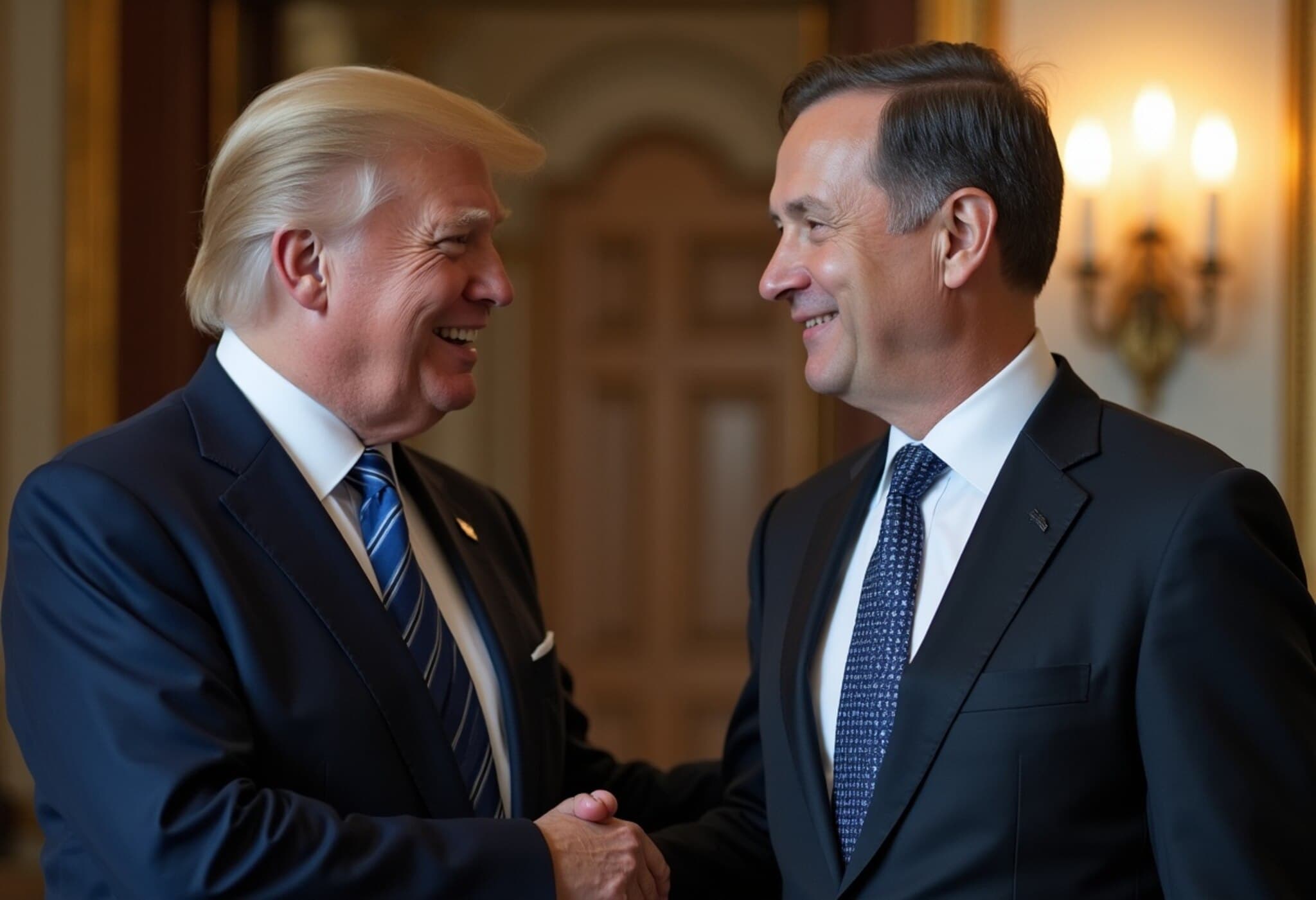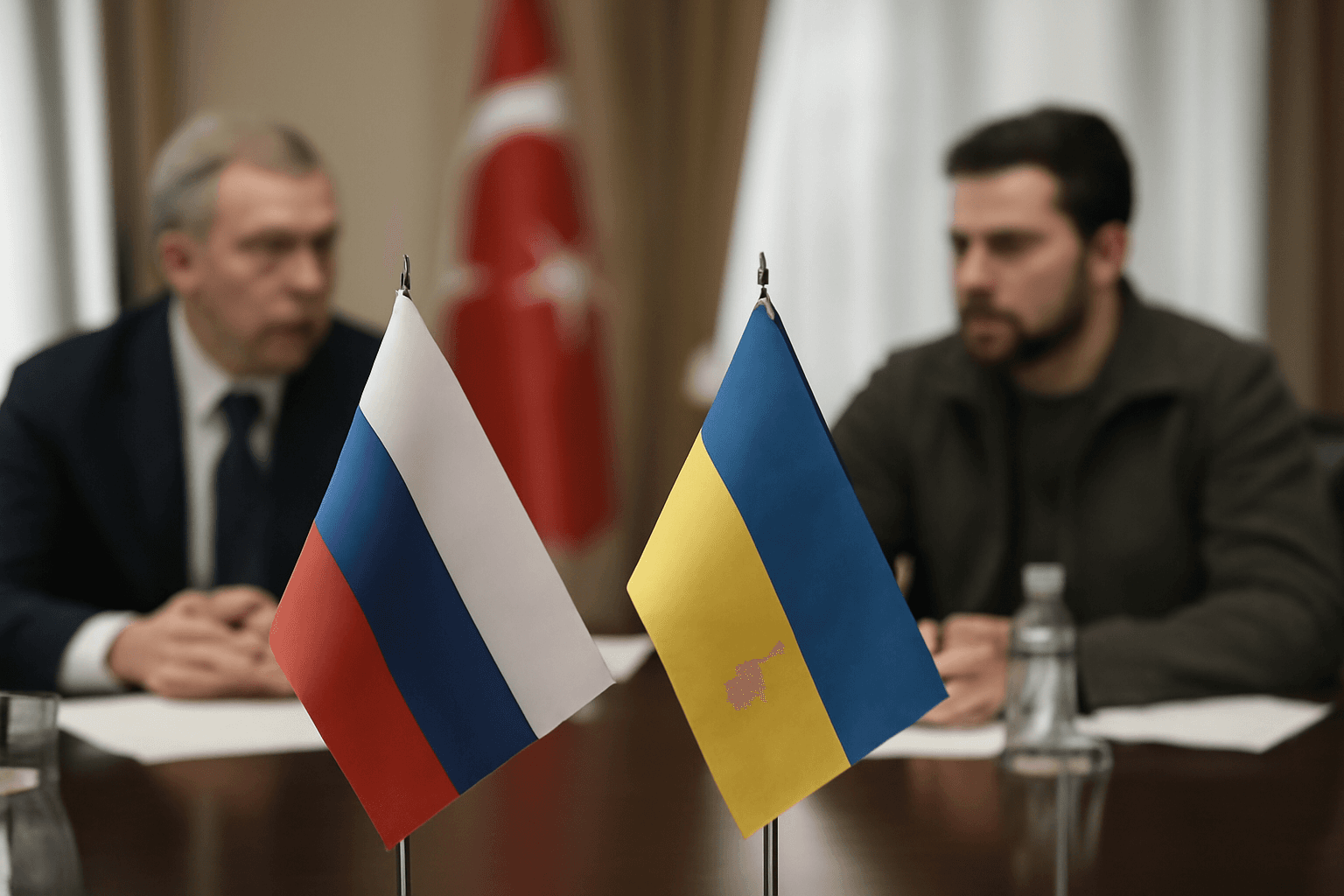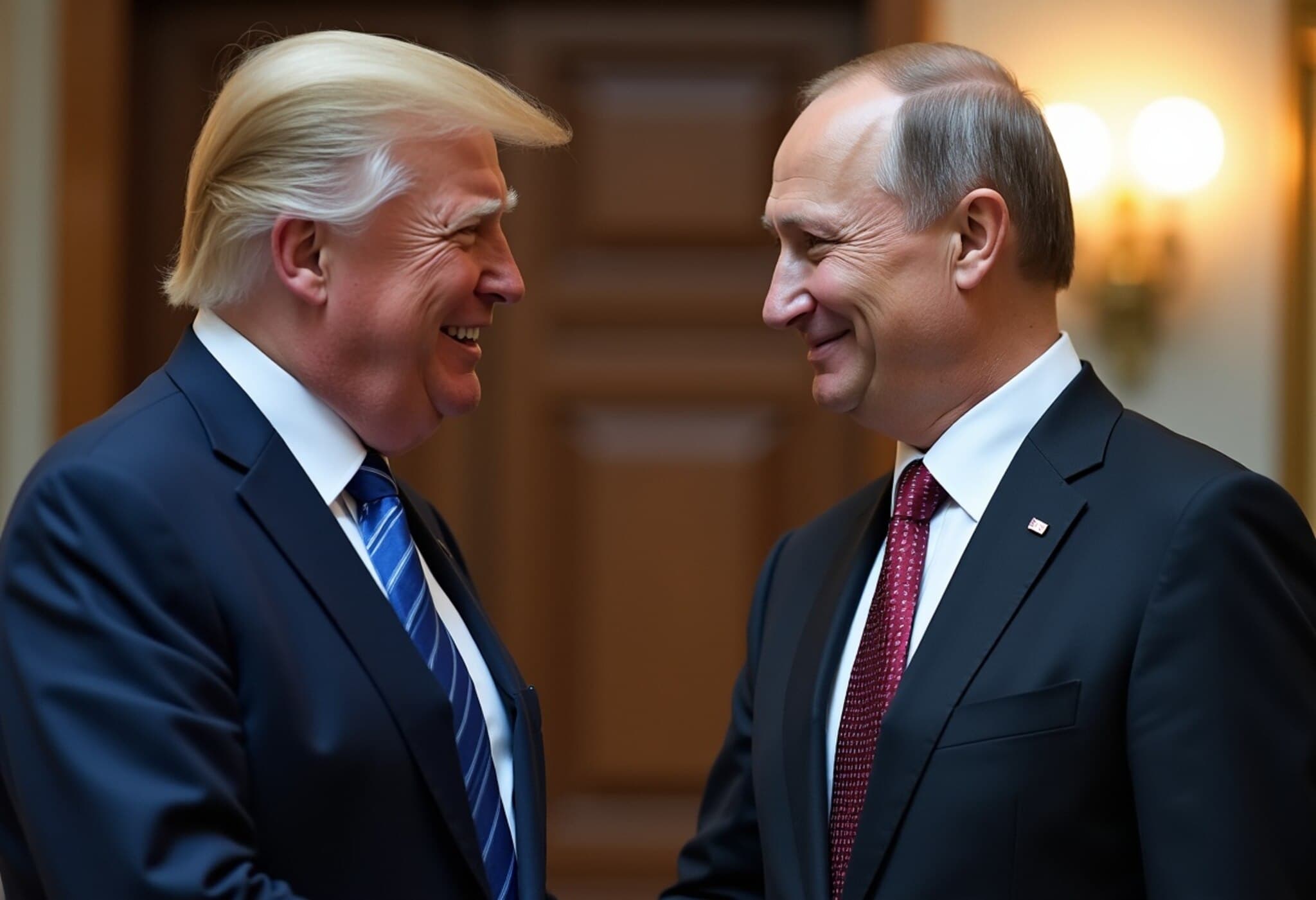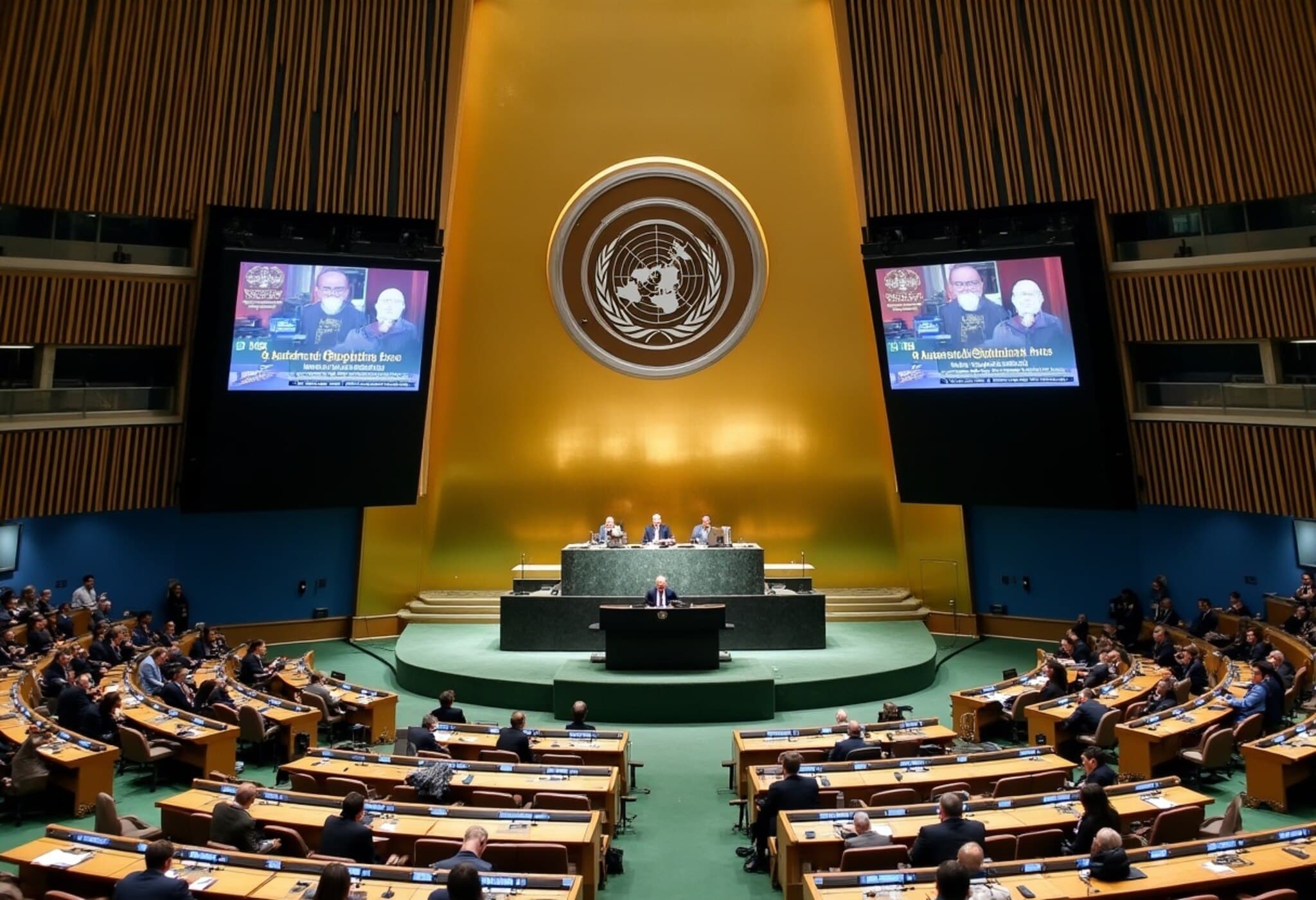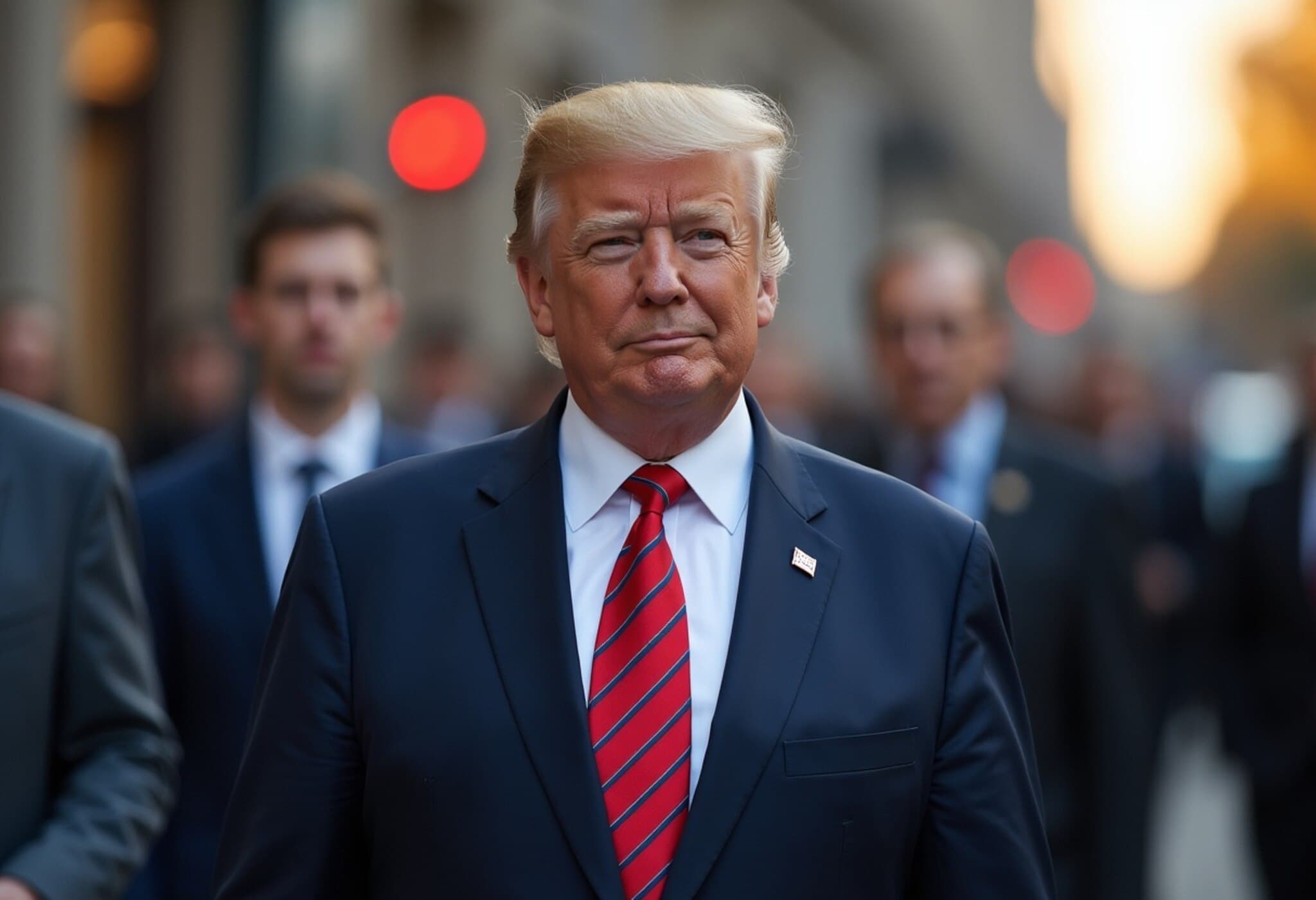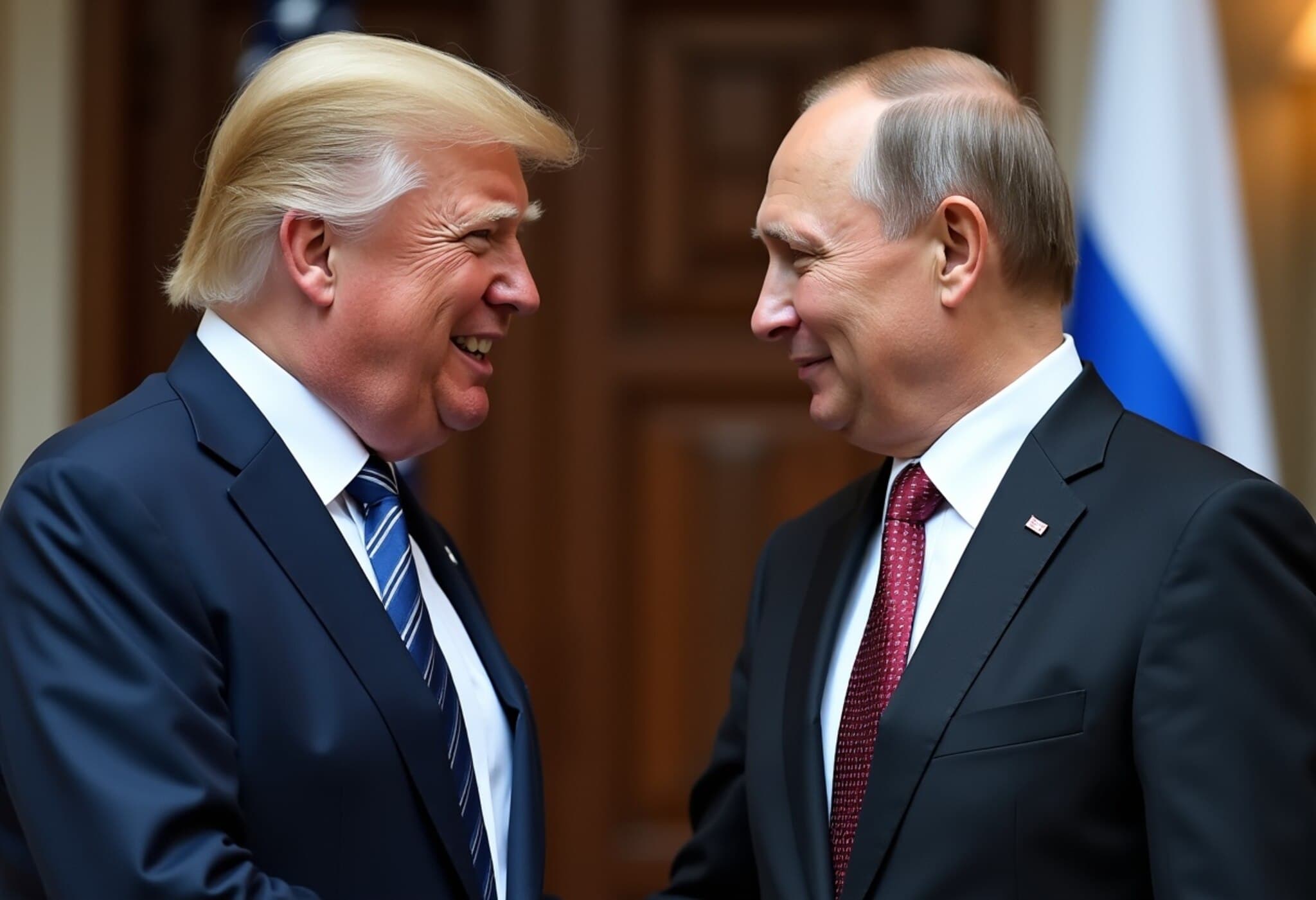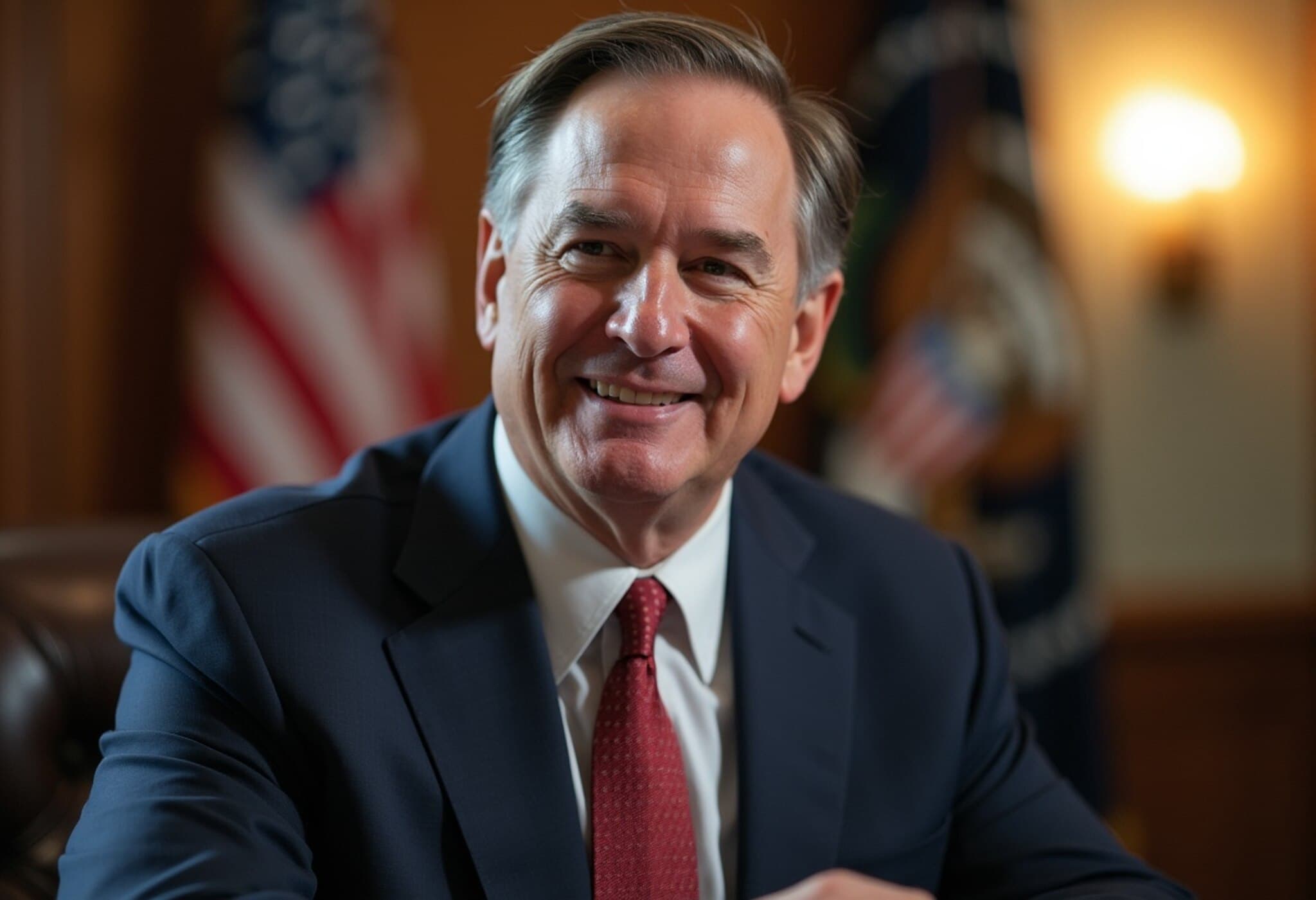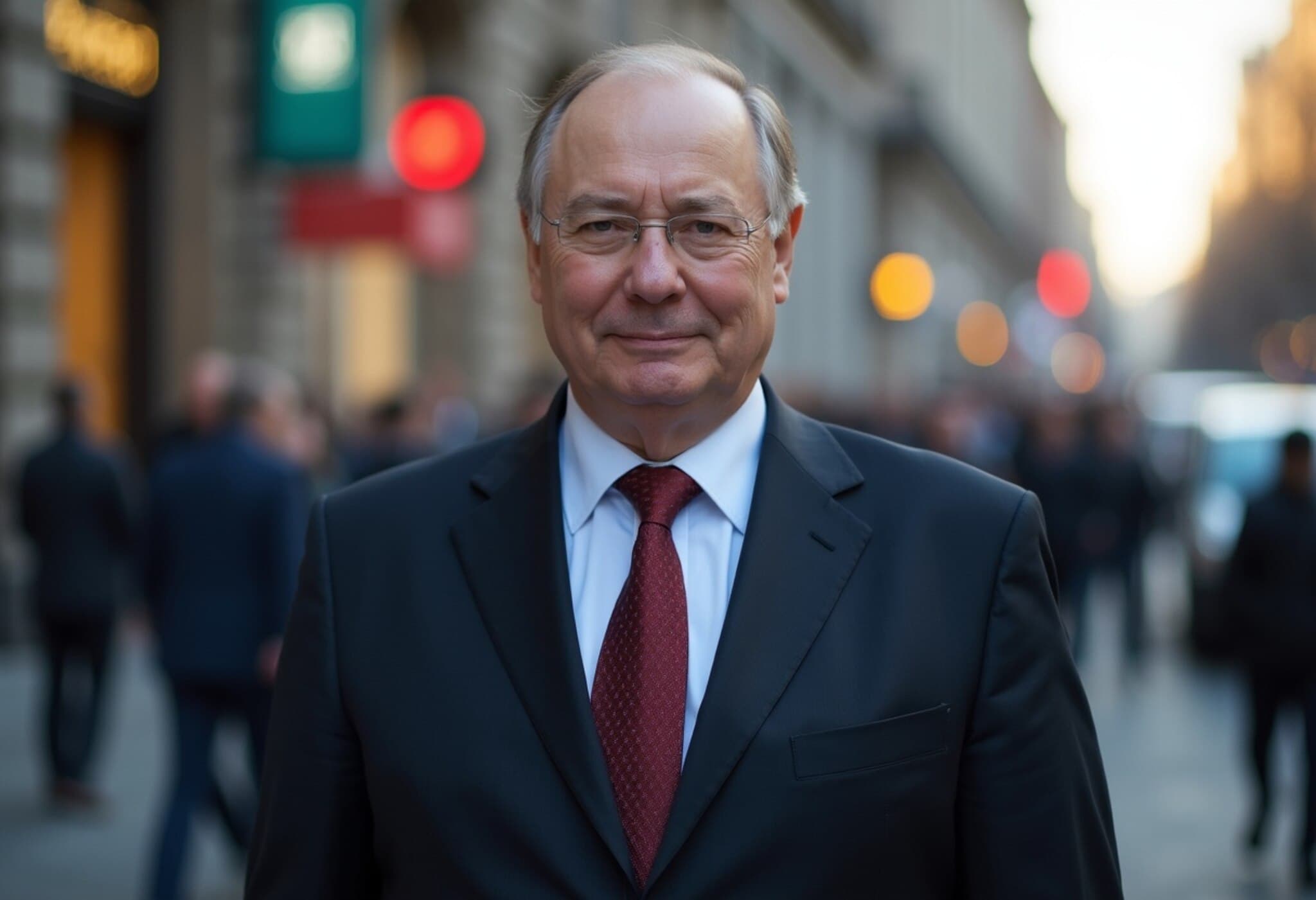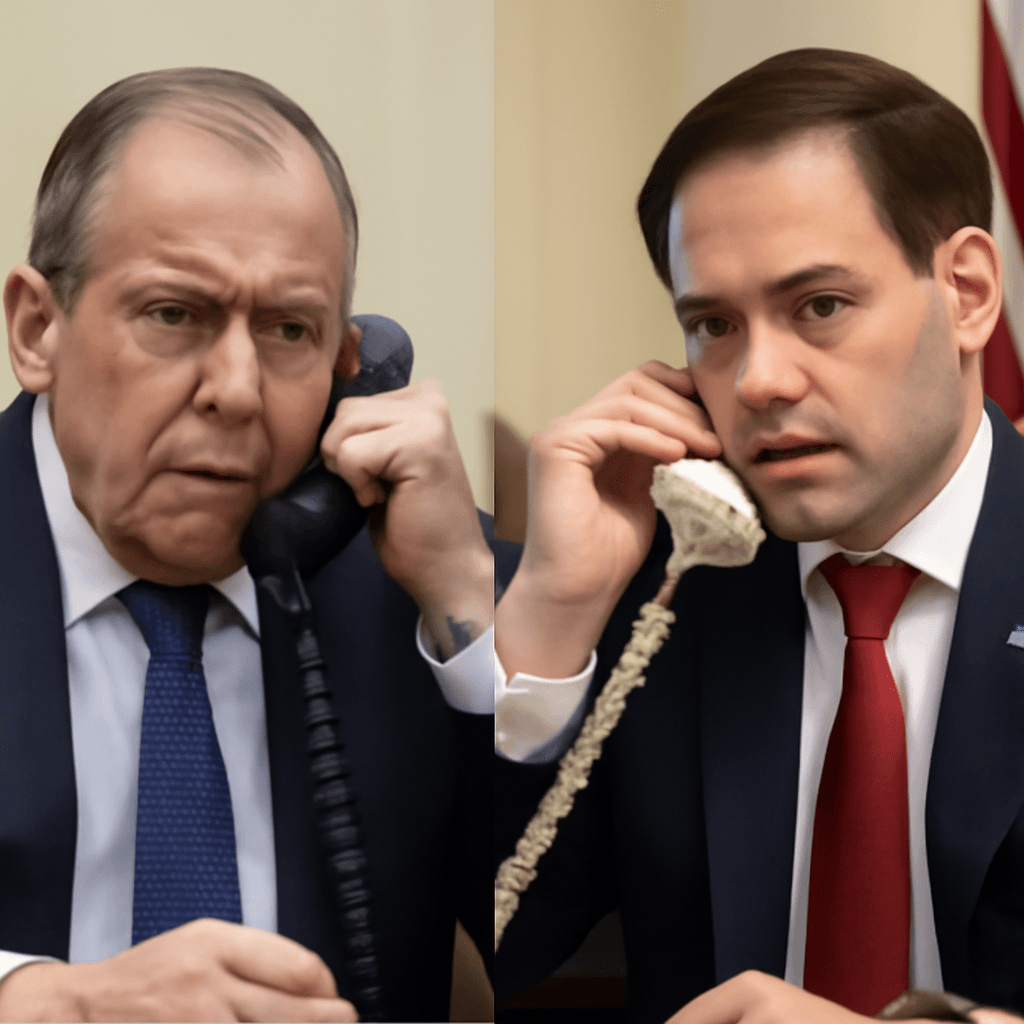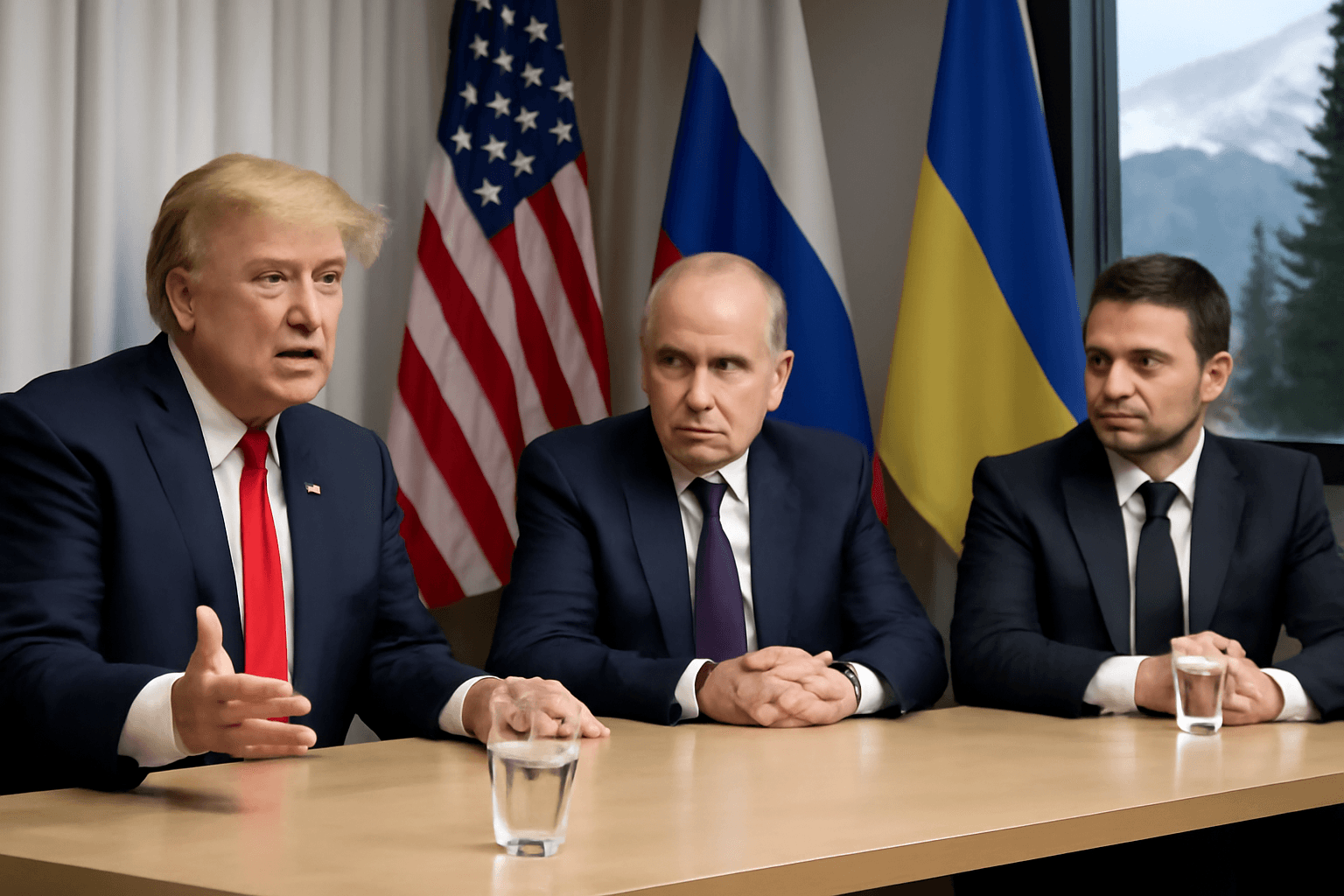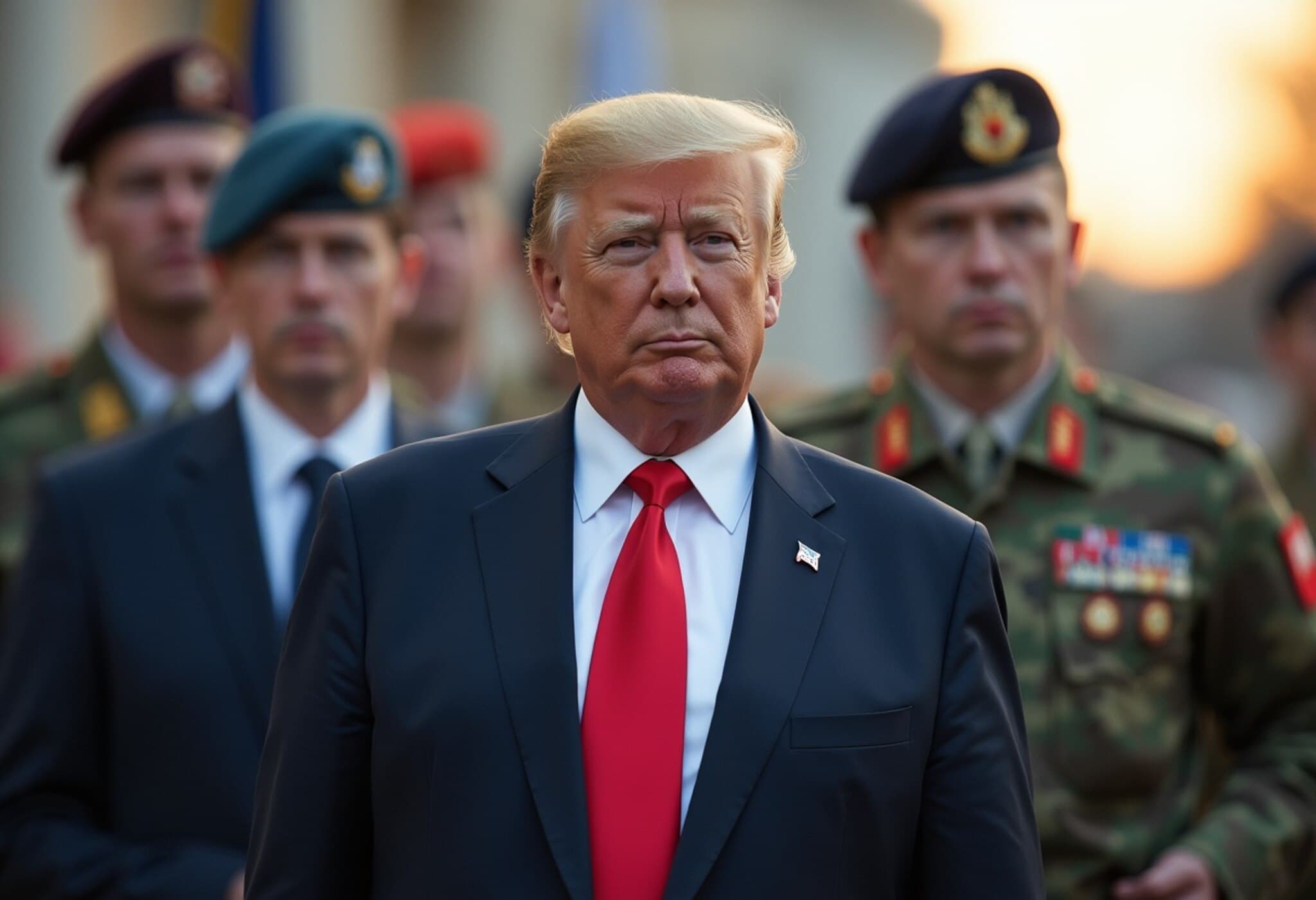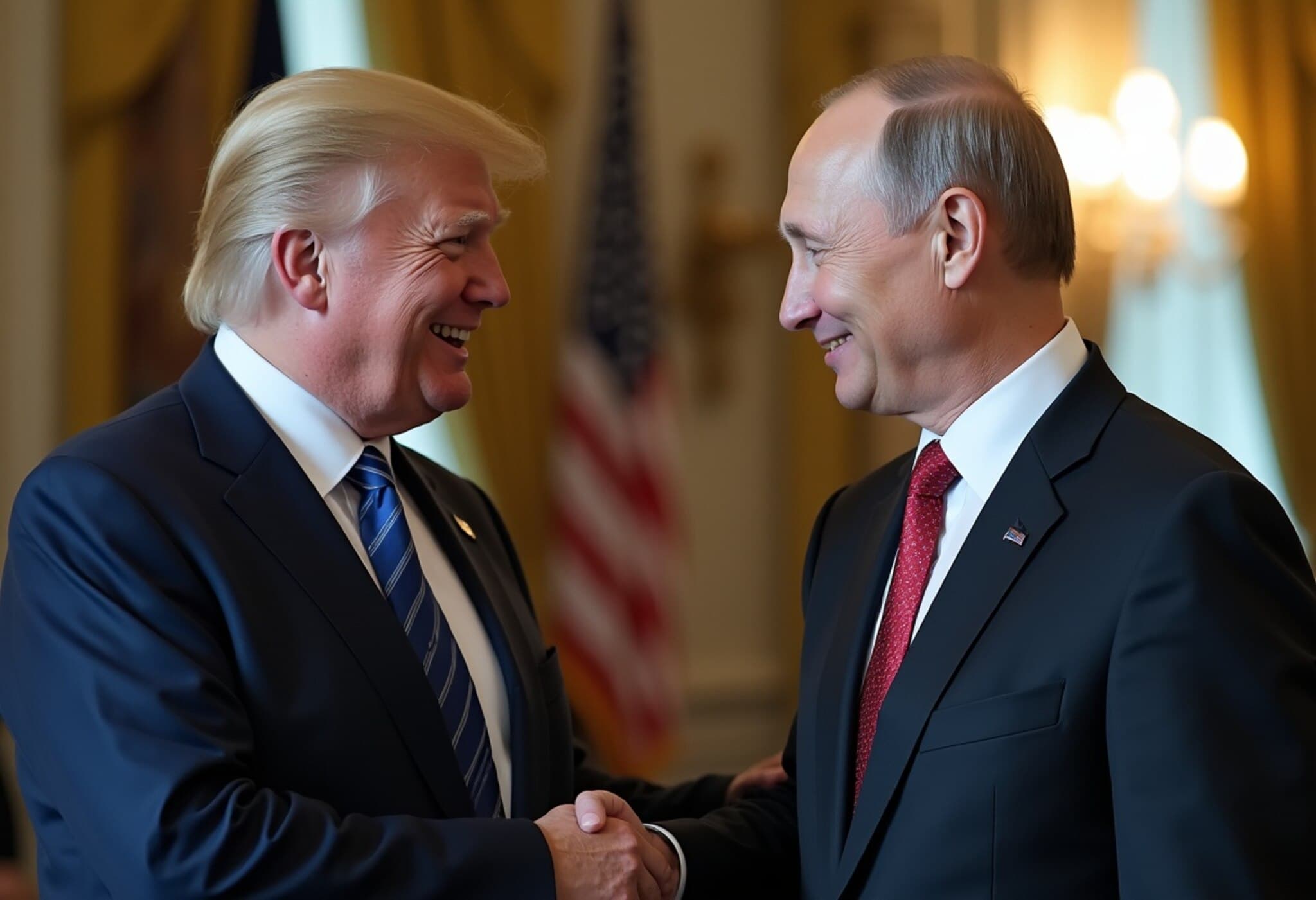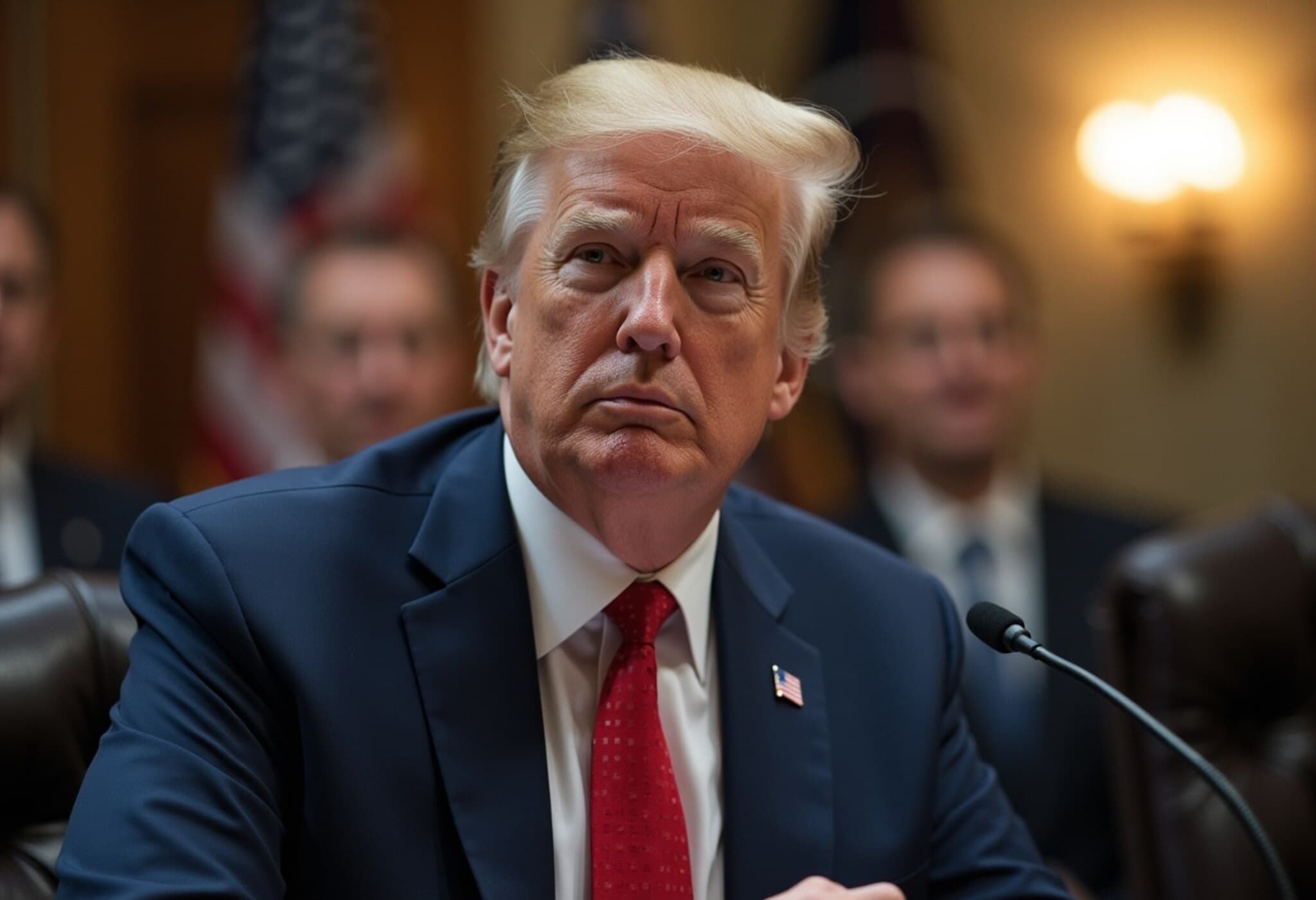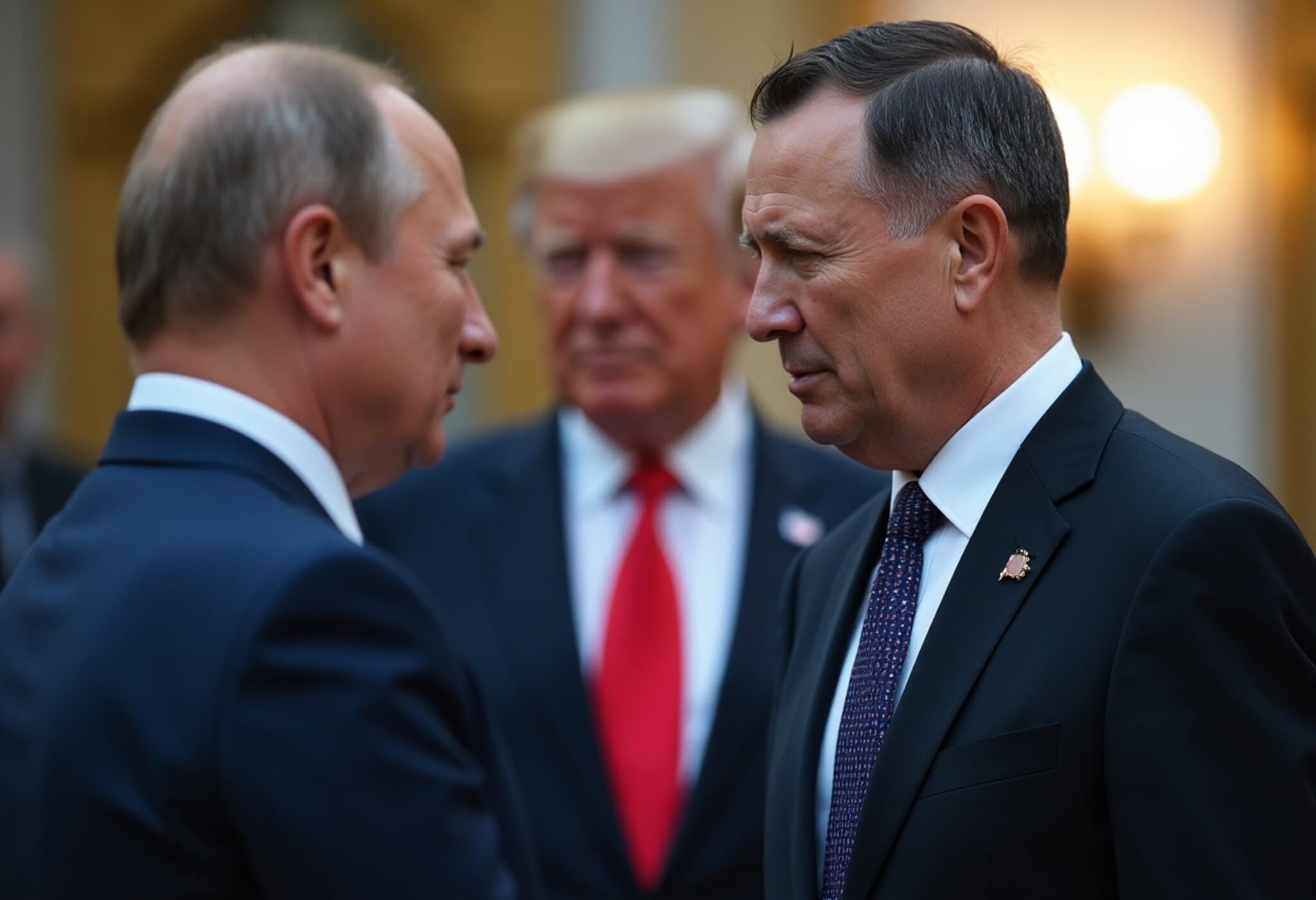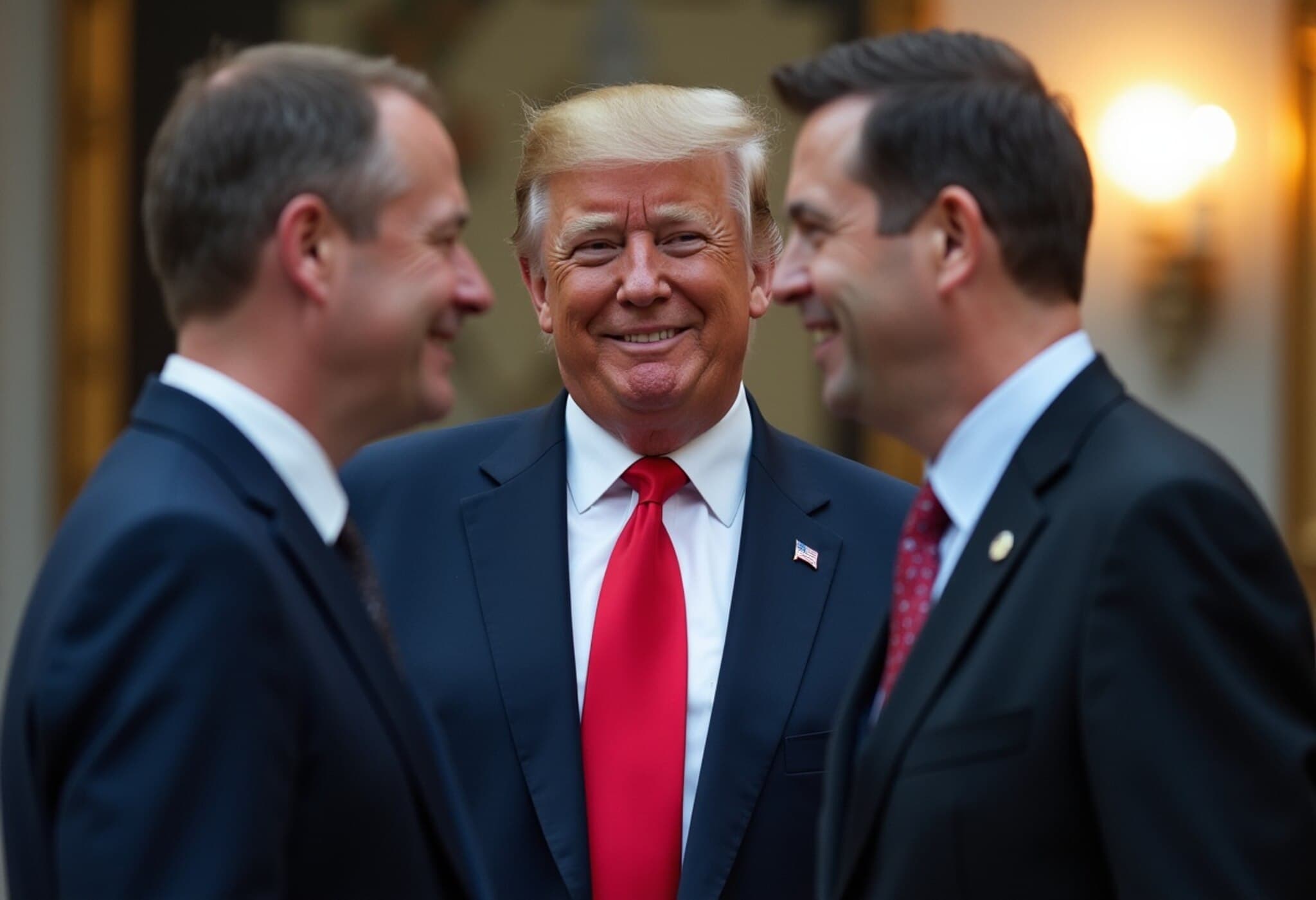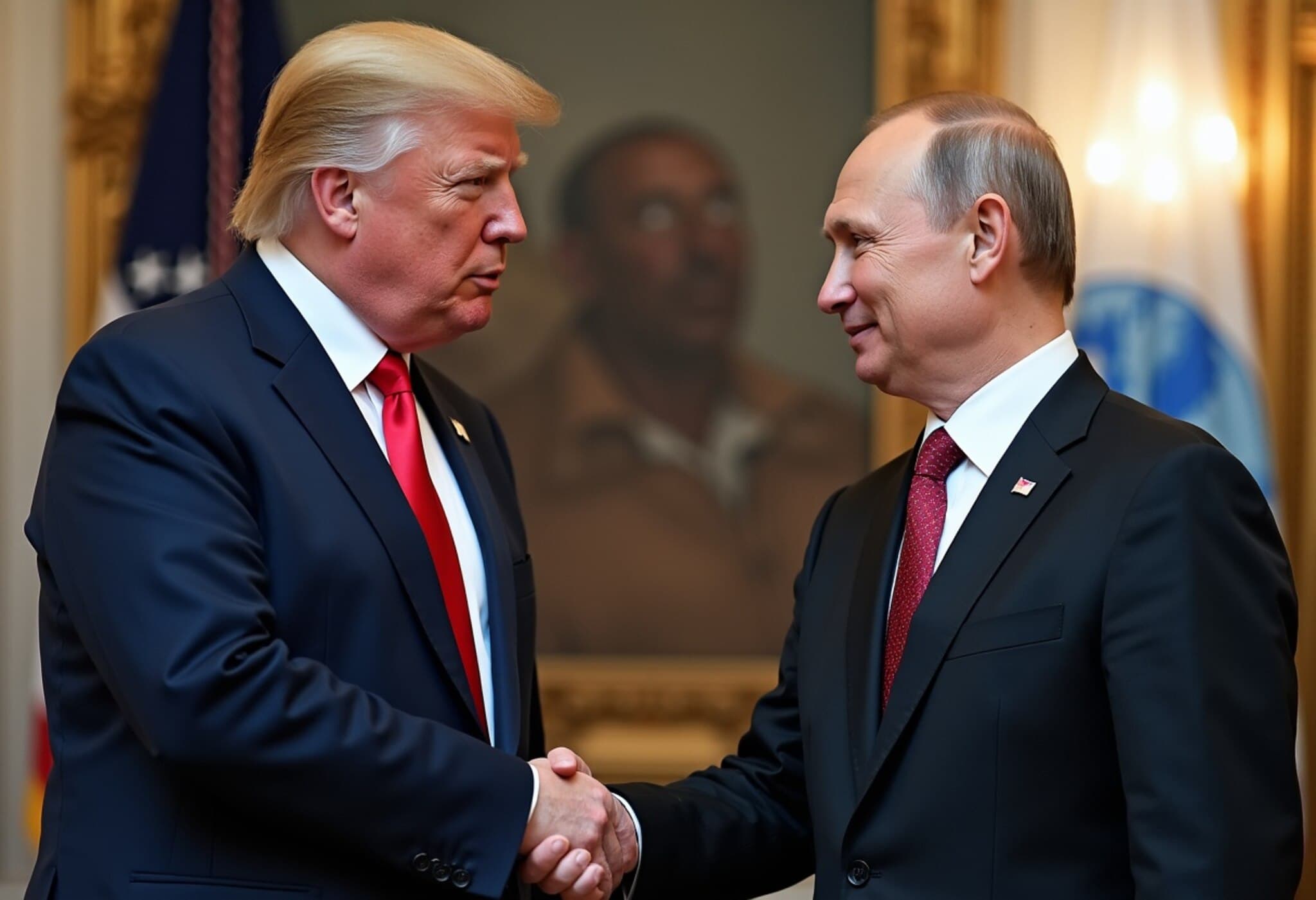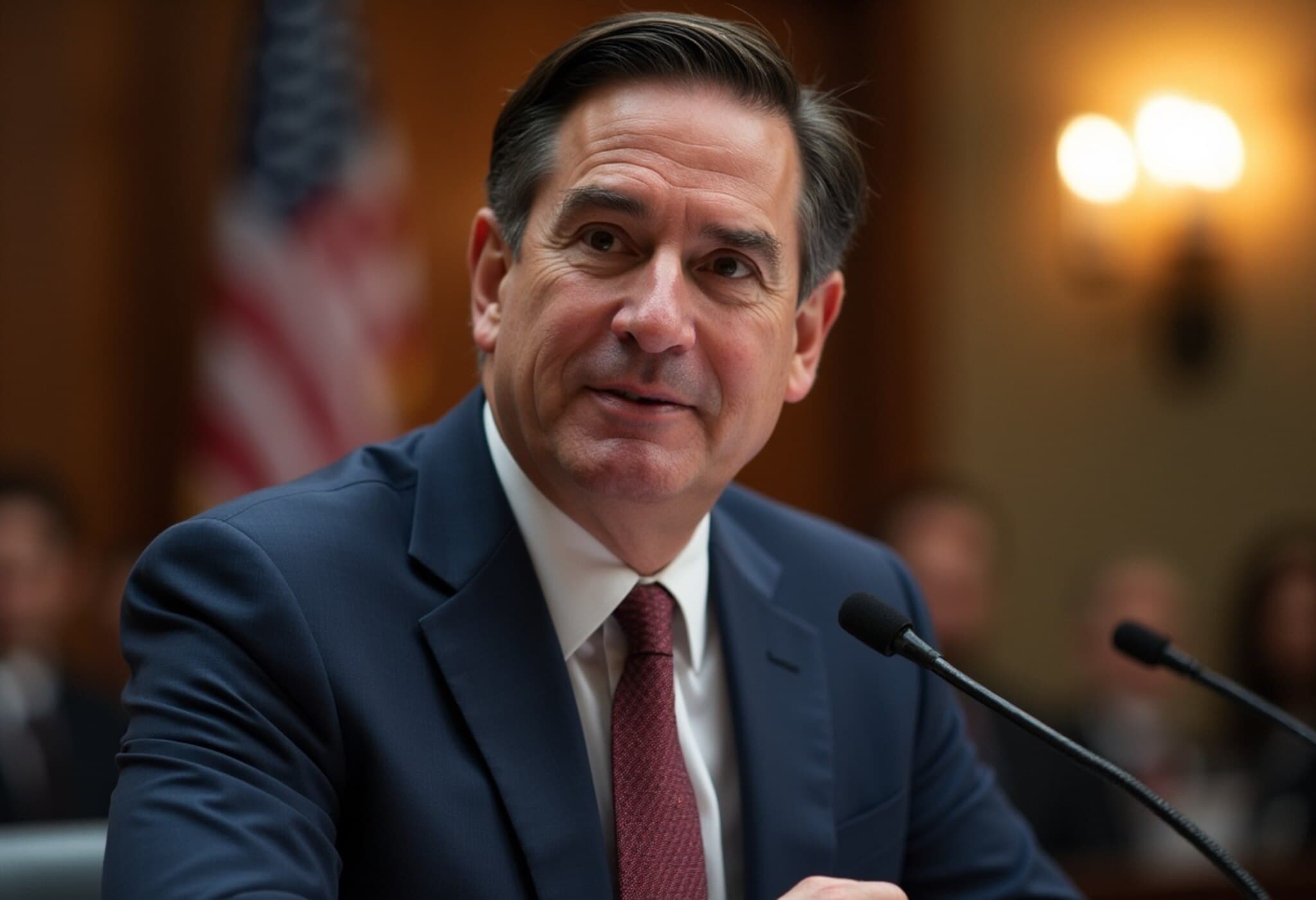Rubio Affirms Momentum from Trump-Putin Talks Spurs Ukraine and European Leaders' Washington Meeting
In a significant development, US Secretary of State Marco Rubio revealed on August 17, 2025, that recent discussions between former President Donald Trump and Russian President Vladimir Putin have generated tangible progress towards resolving the Ukraine conflict, enough to justify a high-stakes follow-up meeting with Ukrainian President Volodymyr Zelenskyy alongside European counterparts in Washington.
From Diplomatic Rhetoric to Concrete Steps
Speaking on CBS’s Face the Nation, Rubio underlined that while a finalized peace agreement remains elusive, the talks narrowed critical issues, notably the delineation of borders, long-term security guarantees for Ukraine, and the country's future military alliances. Importantly, he cautioned that meaningful peace would require difficult compromises from both Kyiv and Moscow, underscoring the complex realities behind diplomatic optimism.
Contextualizing the Diplomacy: What’s on the Table?
Details emerging from the discussions suggest a potential framework wherein Russia might relinquish control over minor occupied areas of Ukraine, in exchange for Ukraine ceding heavily fortified eastern territories and agreeing to a freeze along the rest of the conflict lines. This delicate balancing act, though arguably unpalatable, points towards a pragmatic attempt to halt continued bloodshed.
Another nuanced development is the United States’ possible readiness to provide Article Five-like security guarantees to Ukraine — safeguards akin to NATO’s mutual defense pact but issued directly by the US and certain European nations, without Ukraine’s formal NATO membership. Steve Witkoff, Trump’s special envoy, indicated that this approach could form a pivotal subject of Monday's meeting.
European Leaders Join Zelenskyy: A United Front in Washington
In an effort to bolster Ukraine’s diplomatic stance, Zelenskyy will be joined by key European leaders as they convene in Washington. Rubio dismissed speculation that their visit aimed to shield Zelenskyy from American pressure, instead framing it as a coordinated step reflecting robust transatlantic collaboration.
Why This Matters to the US and Its Allies
- Geopolitical stability: Ending the Ukraine war would ease regional tensions and global economic disruption, particularly given Europe's energy dependencies and security concerns.
- US leadership: The proposed direct security assurances represent an innovative move to navigate Russia’s red lines while maintaining Ukraine’s defensive needs.
- Sanctions leverage: Should negotiations falter, the US signals readiness to maintain or escalate sanctions, emphasizing diplomatic engagement is hinged on peace progress.
Challenges and Open Questions
While encouraging, this emerging diplomatic architecture raises critical queries:
- Compromise sustainability: Can Ukraine realistically cede territory without jeopardizing sovereignty and national identity?
- Security guarantee credibility: Will US and European assurances suffice in Ukraine’s eyes without formal NATO membership?
- Domestic and international reactions: How will key stakeholders, including Ukrainian citizens and NATO allies, respond to potential concessions and new alliance formats?
Expert Perspective: Navigating a Complex Peace Pathway
As experts note, the Trump-Putin dialogue marks a rare but cautious pivot point. The recognition that peace demands “distasteful” trade-offs reflects realpolitik realities that often elude public discourse. Yet, the initiative’s ultimate success hinges on transparent negotiation processes that preserve Ukraine’s sovereignty and secure lasting security frameworks against future aggression.
Looking Ahead
The Washington meeting scheduled for Monday crystallizes a critical juncture. The combined presence of Zelenskyy and European leaders underscores an intent to forge a collective, nuanced approach to conflict resolution — one that balances geopolitical pragmatism with principled support for Ukraine.
Editor’s Note
This evolving narrative highlights the delicate dance between diplomatic progress and geopolitical realities. The US’s contemplation of direct, non-NATO security guarantees could redefine Western support models for Ukraine, challenging long-standing frameworks. Readers should watch closely how territorial concessions, alliance assurances, and sanctions interplay in shaping a possible end to a devastating war. The coming week's deliberations may well set the tone for peace or prolonged conflict, posing fundamental questions about sovereignty, security, and international cooperation in an increasingly multipolar world.

